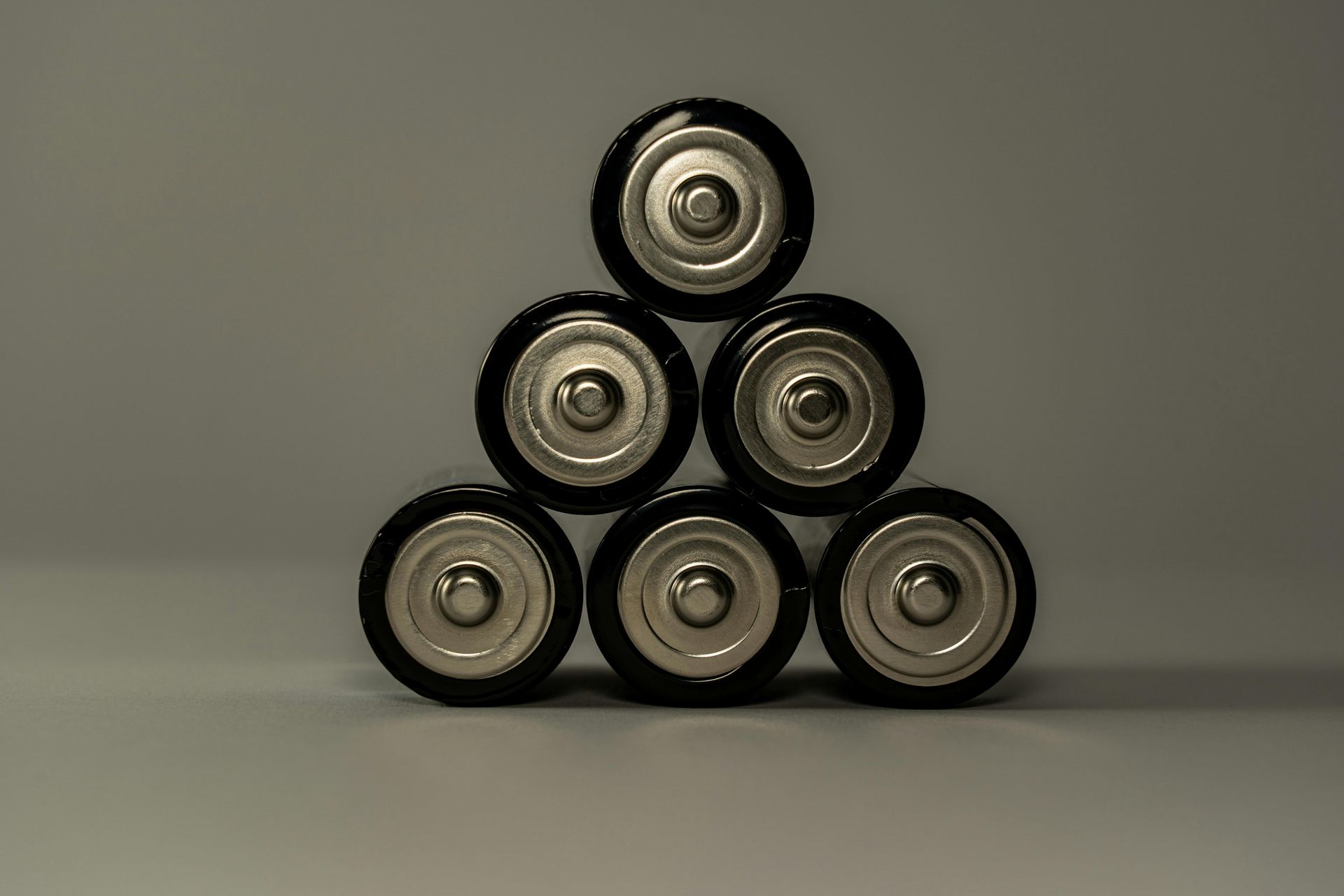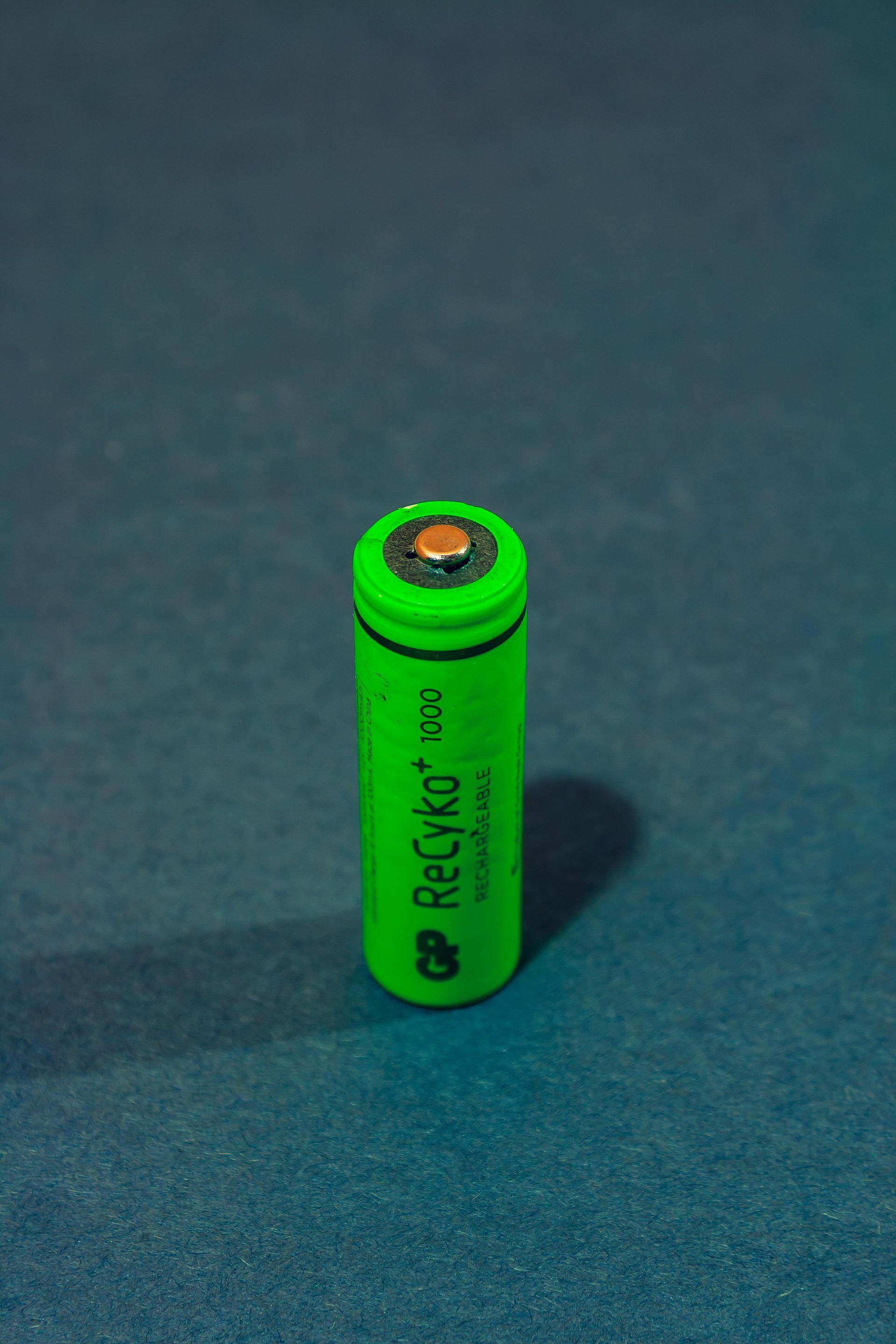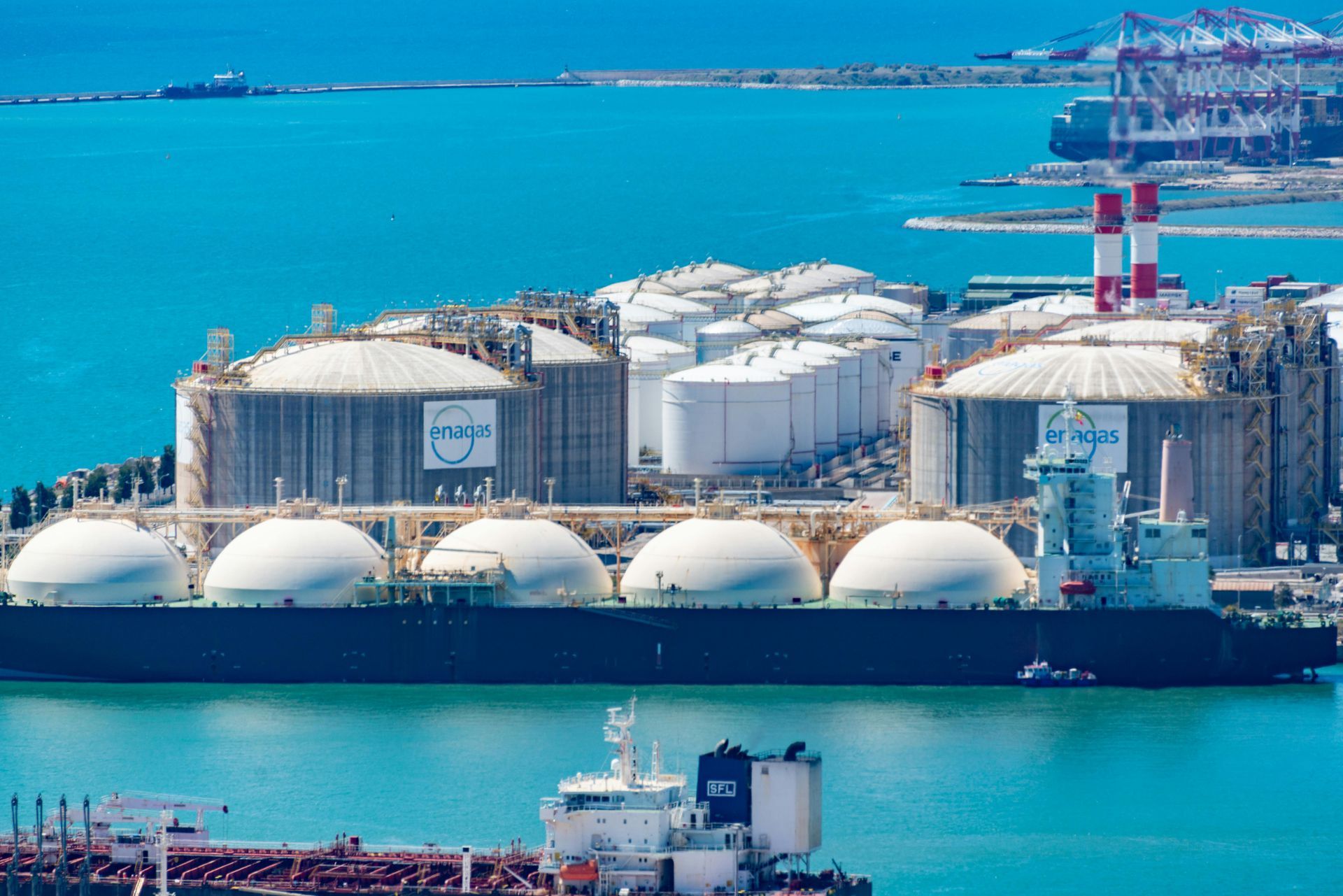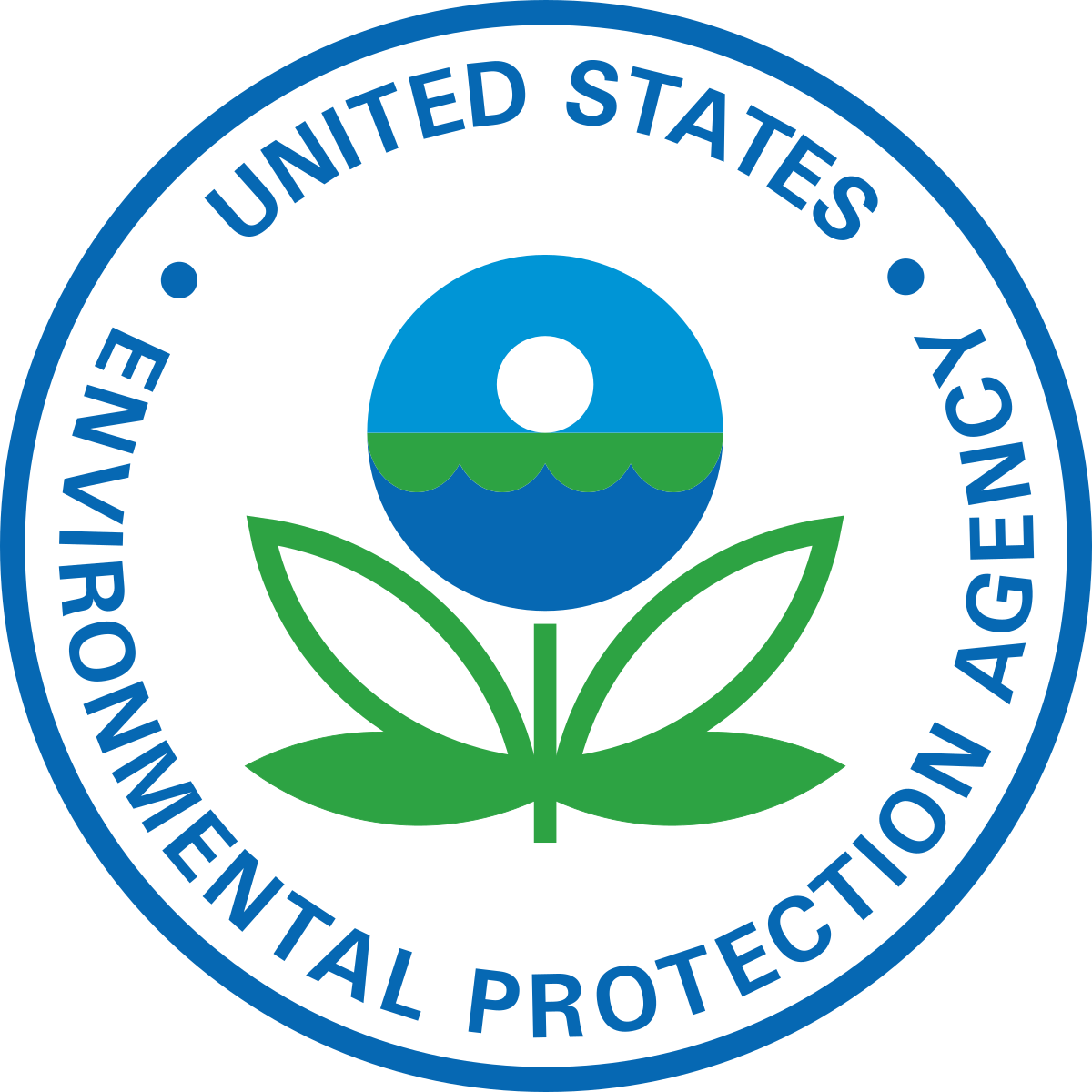US solar panel manufacturing jumps 4-fold after Inflation Reduction Act
The Inflation Reduction Act (IRA) has significantly boosted the clean energy sector by providing tax incentives for companies to fund projects, leading to numerous solar panel manufacturing initiatives nationwide.
According to data from the environmental advocacy group E2, ten new domestic solar projects were announced in Q2. Among them, NorSun, a Norway-based company, invested $620 million in its first U.S. solar facility, partnering with Silfab Solar for a manufacturing plant in Tulsa, Oklahoma. Similarly, Vietnam-based Boviet Solar is investing over $294 million in its first North American solar panel manufacturing site in Greenville, North Carolina, expected to open in Q1 2025.
However, the future growth of solar capacity could face challenges, including interconnection delays, electrical equipment shortages, and labor constraints. Michelle Davis, head of global solar at Wood Mackenzie, noted that the industry also faces uncertainties related to new tariffs and the upcoming presidential election.
One key issue is the Biden administration’s decision to raise tariffs on solar manufacturing equipment, including a 50% tariff on photovoltaic cells, which was finalized last week. The number of allowed exclusions for solar equipment has been reduced from 19 to 14.
The solar association is monitoring the effects of these tariffs, which were first introduced in April. They expect minimal impact on utility-scale projects as suppliers have already adjusted their supply chains. Additionally, there is ample module inventory, including crystalline silicon and thin film, available for current projects.
The report does caution that the distributed solar market could see short-term impacts from the tariffs, as a large percentage of residential, commercial, and community solar projects rely on imported modules. For 2025, it forecasts a 4% decrease in residential installations, a 5% drop in commercial installations, and a 4% reduction in community solar installations.
While final tariff determinations are expected this fall, the report anticipates that the overall impact on solar deployment will be moderate.







